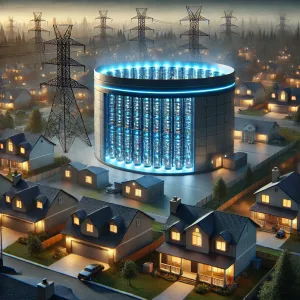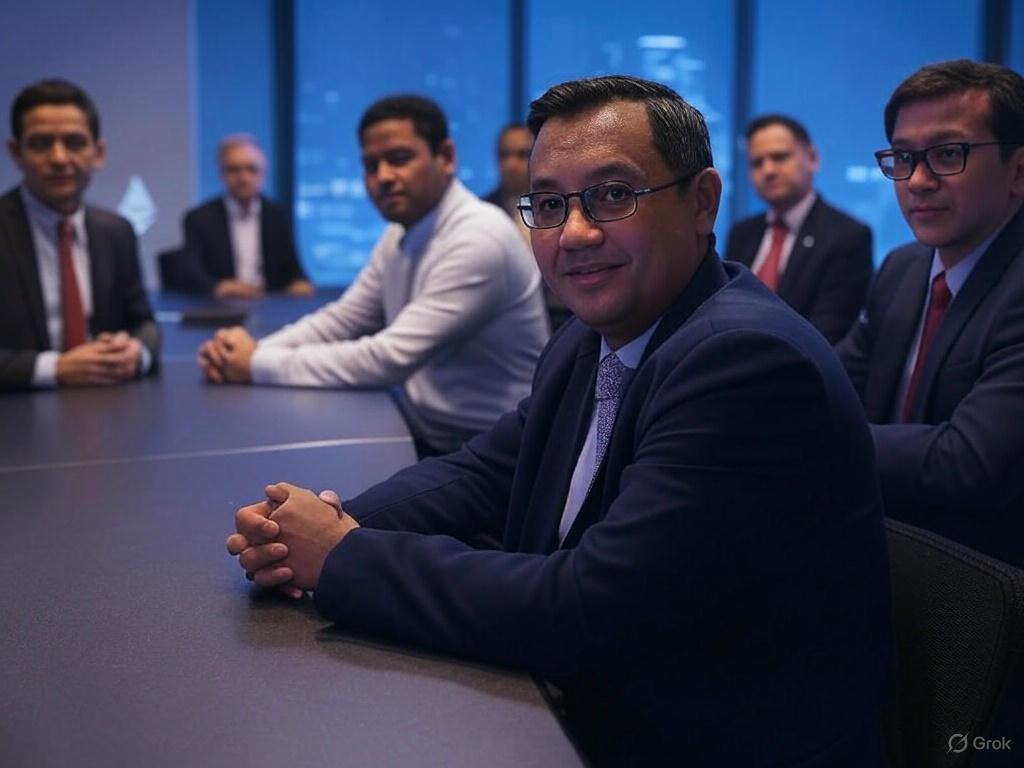By Lubwama S.
Artificial Intelligence (AI) is driving unprecedented energy consumption, leaving millions of U.S. homes vulnerable to power-related issues. The rising electricity demand from AI-powered data centers is distorting local power flows, leading to disruptions in home appliances and heightened fire risks.

The hum of servers, the blinking lights of data centers – these are the hallmarks of the AI revolution. But behind the digital curtain, a hidden crisis is brewing. Millions of American homes are experiencing power fluctuations, surges, and brownouts, not due to aging infrastructure, but because of the insatiable energy demands of artificial intelligence.
Whisker Labs, a company that monitors power quality through a network of one million sensors in U.S. homes, has uncovered a troubling trend. Homes located closer to data centers are experiencing more significant power quality issues. Over 50% of the homes with the worst power disruptions are situated within 20 miles of major data centers, highlighting a direct link between AI’s growing energy appetite and local power grid strain.
Key Observations
- Electricity Demand from AI
- AI technologies, particularly large-scale models, require massive computational power, which translates into higher energy consumption at data centers.
- Training AI models like GPT-4 or similar requires not only electricity for computation but also cooling systems to manage the heat generated by servers.
- Local Grid Impact
- Proximity to data centers appears to correlate with power quality issues, suggesting localized grid strain. This could lead to distorted voltage and frequency variations, impacting household electronics and safety.
- Fire Risks and Safety Concerns
- Voltage fluctuations can overheat appliances and increase fire hazards. Whisker Labs’ findings emphasize the need for infrastructure updates to ensure homes near data centers are protected.
- Wider Implications
- As AI adoption grows, the strain on power grids could escalate, leading to rolling blackouts or the need for significant investments in renewable energy or grid expansion.
Suggestions to Mitigate the Crisis
- Grid Modernization: Upgrading grid infrastructure, especially in areas with high data center density.
- Renewable Energy: Encouraging data centers to rely on renewable energy sources to alleviate grid strain.
- Distributed Computing: Using edge computing to reduce reliance on centralized data centers.




